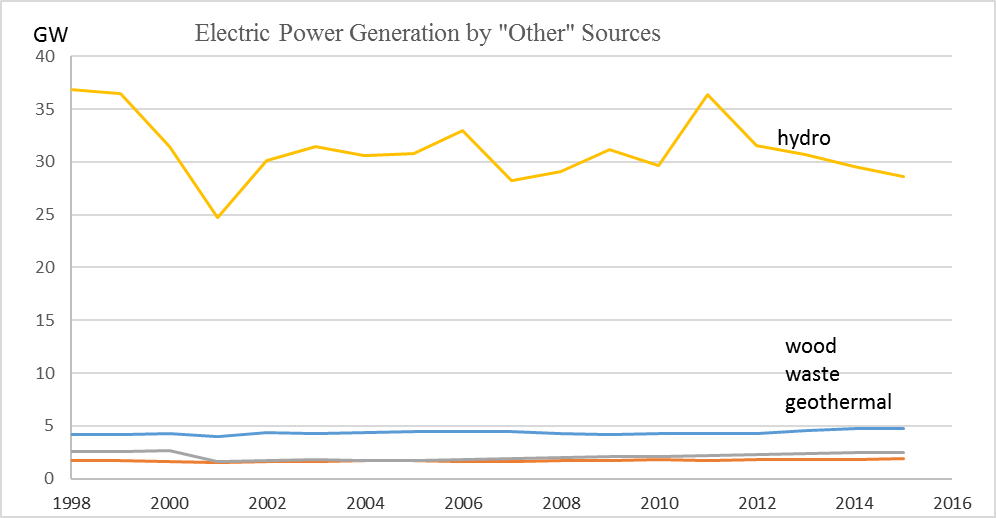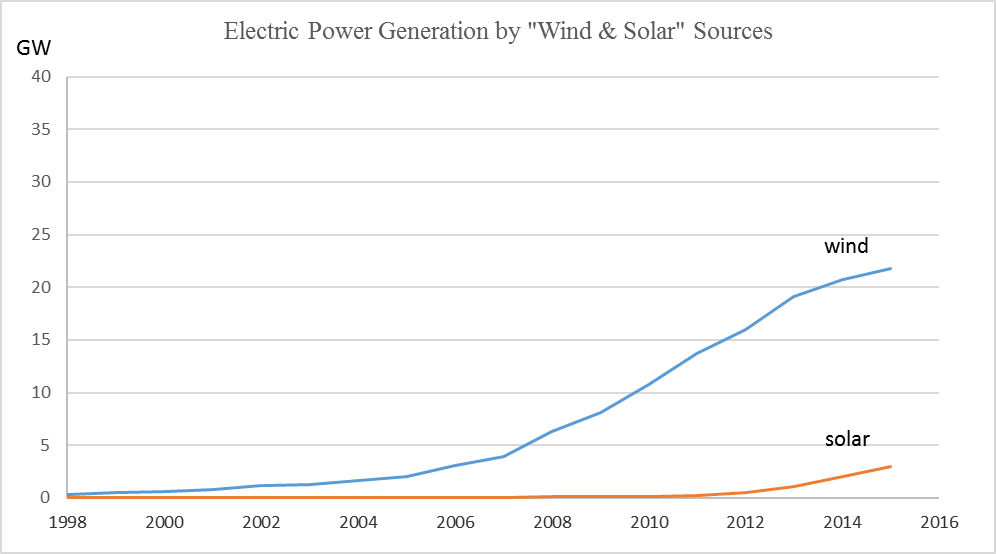Archive
- January (15)
- February (17)
- March (21)
- April (20)
- May (17)
- June (20)
- July (16)
- August (18)
- September (17)
- October (17)
- November (18)
- December (21)
Trump on Energy: Promising Free Market Directions
By Robert Bradley Jr. -- March 31, 2016“8). Do you support a carbon tax? Do you support the Obama administration’s use of the social cost of carbon in rulemakings?
A. No and No.
9). Do you think federal agencies have abused the cost-benefit process to suit their political agenda? Would your administration end the process of underestimating costs and inflating benefits of agency regulations?
A. Yes and Yes.”
President candidate Donald Trump responded to ten questions submitted by the free-market energy advocacy group, American Energy Alliance (the advocacy arm of the Institute for Energy Research, of which I am founder and CEO). Overall, there is great promise of market-oriented reform, reinforcing Trump’s earlier statements about reigning in the US Environmental Protection Agency (EPA).
Trump is weak on ethanol mandates and pretty good on most other issues. A particularly weak sentence is: “Until this nation sets its sights on total energy independence, we must support all energy sources.”…
Renewable Energies: The Mirage of Mass
By Stanislav Jakuba -- March 30, 2016“Wind power’s growth is challenged because the best sites for windmills have already been exploited, the end-of-life mills are being torn down, subsidies are declining, and some of the enthusiasm for windmills departed with former DOE Secretary Dr. Chu. The new Secretary, Dr. Muniz, believes in solar.”
As most people are, I too am subjected daily to the mass media reports that broadcast the need for building renewable, clean energy sources. Those sources are usually identified as “wind, solar and others” followed by a hint at their rapidly increasing output.
Suspicious, I looked up the sources and their annual output as compiled by our Department of Energy (doe.eia.gov). The result are plotted in the two attached graphs. The upper one shows the “Other” sources, the lower one “wind and solar.”
Looking at the four sources in the upper graph, hydro, wood, waste and geothermal, there has not been a worthwhile upward trend in any of them for two decades.…
Public Utility Regulation 201: The Rate Case
By Jim Clarkson -- March 29, 2016“One interesting rate base item is storm damage. We are accustomed to seeing news coverage of tearful hurricane victims praising the heroic utility workers who restore their electrical service. Not so heroic is the way the utility accountants are booking that expense in a way that gives huge future streams of profits to the poor storm-victim utility.”
The procedures for state-level utility rate cases have evolved into a standard set of formulas and estimating methods over time. [1]
Most states use a future “test year” where the utility estimates its revenue and costs for an upcoming period. Naturally, the utility will ‘low ball’ the projected revenue to justify asking for a higher level of revenue through individual rates approved by the regulators. Similarly, costs in the model year will be overstated as much as the utility thinks it can get away with.…

